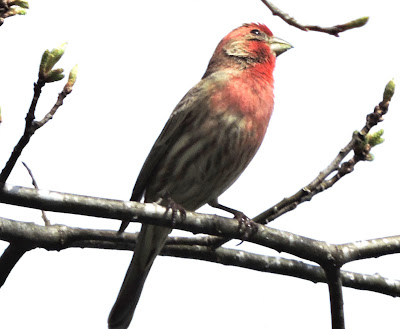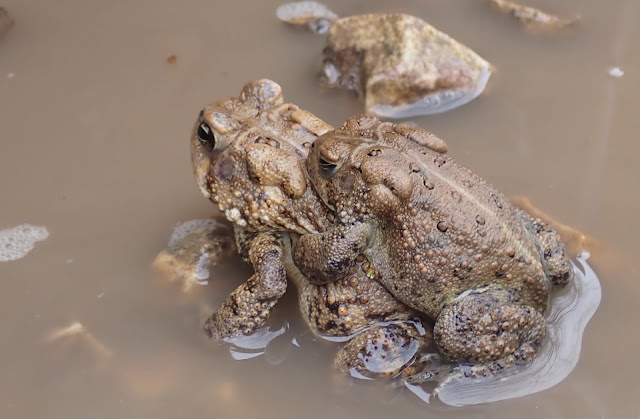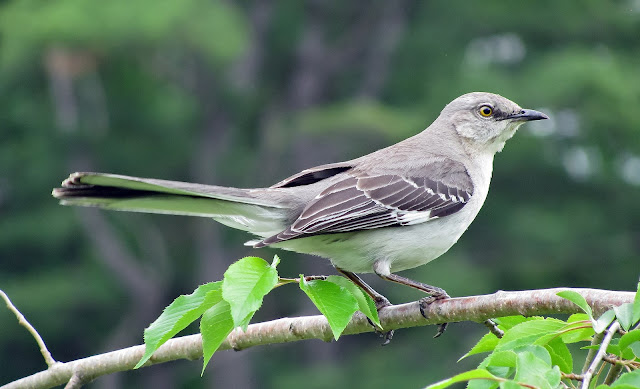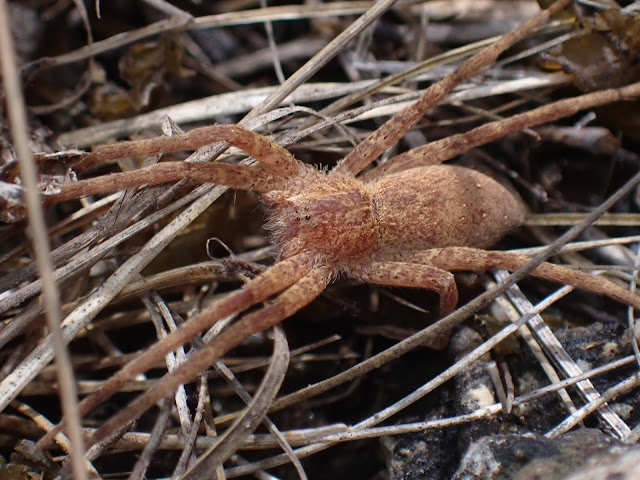How to Watch a Bird

Scarlet Tananger Next time you are outside, think about birds for a minute. Here are some suggestion from a bird expert, David Sibley. Look for birds. Watch for movement first. Scan edges along yards, shrubs and high up in the tree tops. Where are they going? Look at the bill. The shape can tell you what they eat. (Remember pick a beak with pliers and tweezers?) Listen to their songs. This will help you spot them and soon you may be able to identify one by its song. Think about what it is doing. Flying back and forth with something in its mouth usually means nest building. Flying repeatedly to a bush or patch of ground may mean it is collecting insects for their young. Draw, write notes and take pictures. Now try to identify a bird. You don't have to have binoculars although they help. If you have them, continue to stare at the bird as you bring the binoculars up to your eyes. This fall, put up a bird feeder. Now the birds will come to you! A good resour





